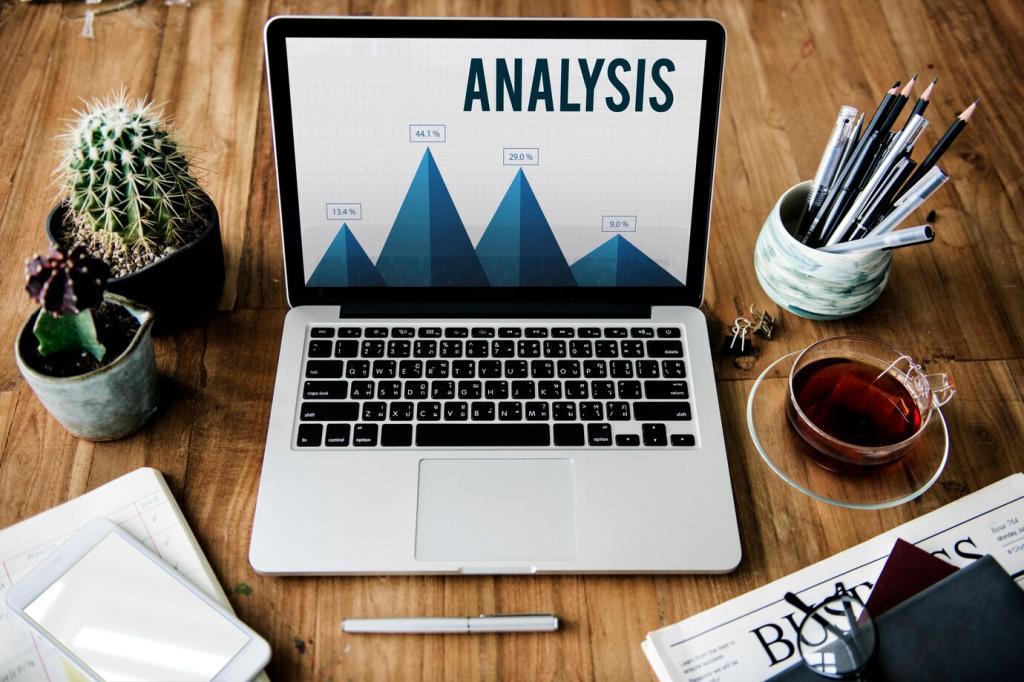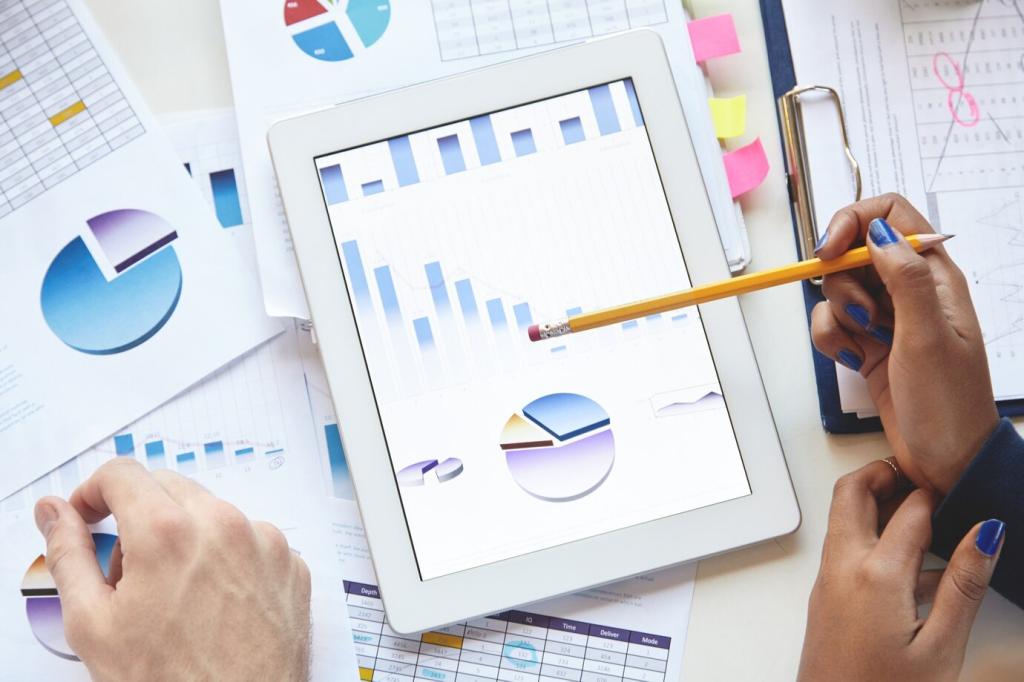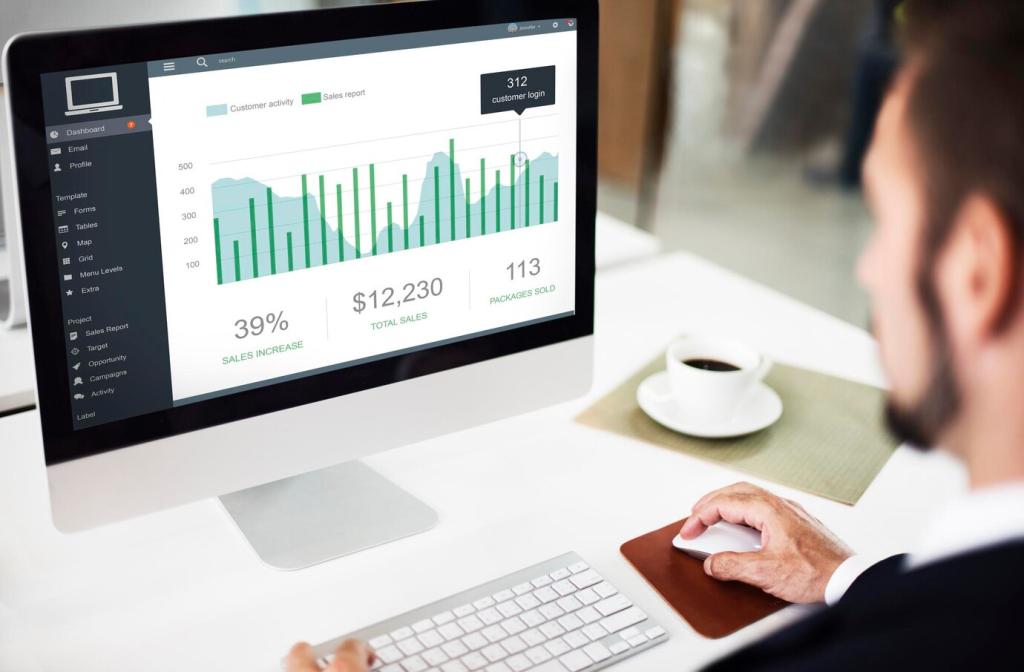Why Economic Indicators Matter Right Now
When a local baker saw CPI climbing, she renegotiated flour contracts and adjusted portion sizes instead of prices. Understanding indicators didn’t just calm nerves—it shaped smarter choices that kept customers loyal and margins steady.
Why Economic Indicators Matter Right Now
Monthly reports can swing on weather, strikes, or holidays. We focus on trends, revisions, and multi-month averages so you can separate fleeting noise from durable signals that actually change the economic story.









